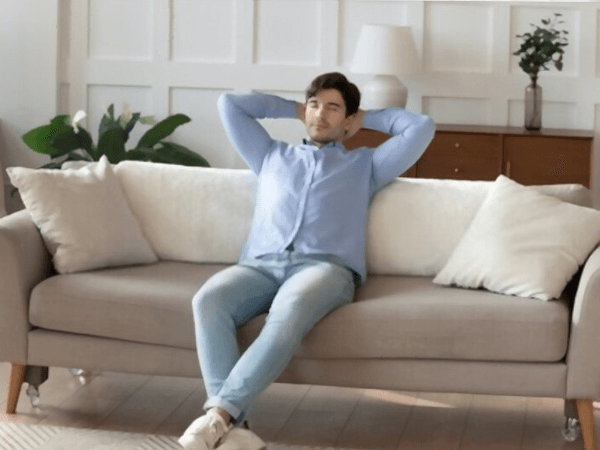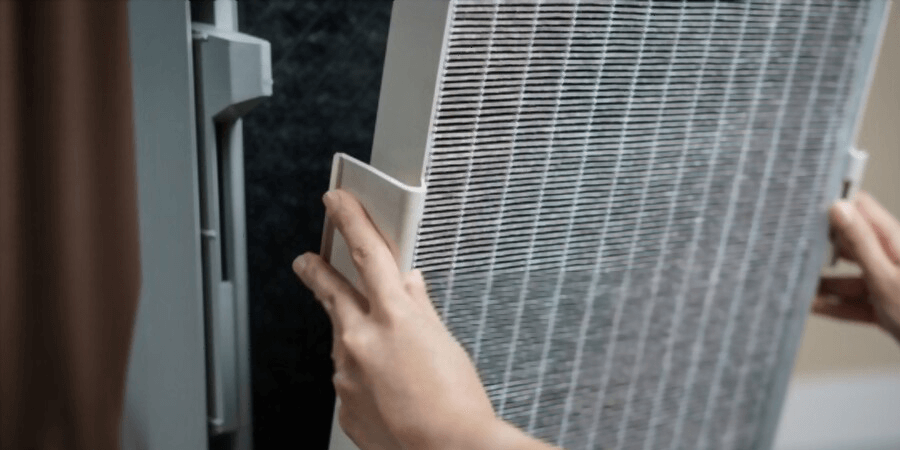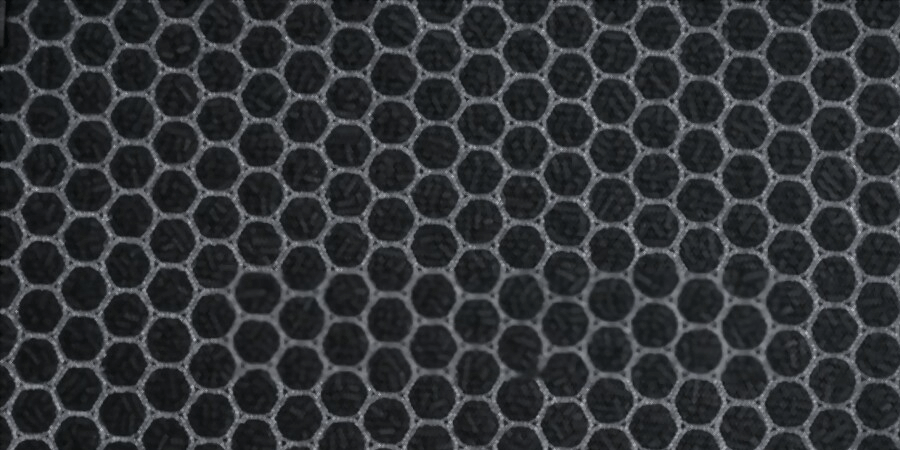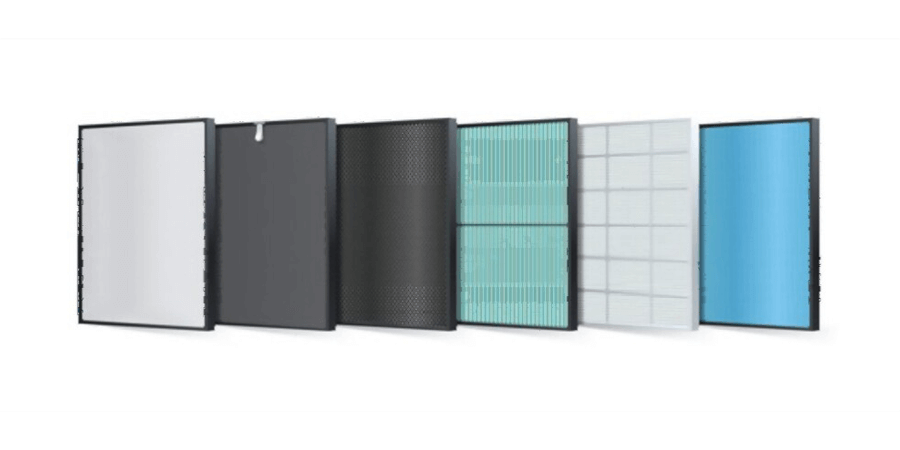Physical Address
304 North Cardinal St.
Dorchester Center, MA 02124
Physical Address
304 North Cardinal St.
Dorchester Center, MA 02124

We hope you love the products we recommend! We may collect a share of sales or other compensation from the links on this page at no extra cost for you. Learn more.
Air purifers are becoming more convininet day by day as the pollution grows around us. Here are some tips on what to look for in an air purifier. On any given day, air can be a crucial factor in ensuring your body gets clean for blood circulation and breathing. With modern-day advancements in technology, the air surrounding us can threaten our daily lives.
Vehicles that emit harmful smoke, and materials that are used at home for cleaning which contain harmful chemicals, dust, mites, mold, and pet dander can be the most common pollutants that you can find in the air at home. It is important to have an idea of the quality of air that you are breathing with the help of an air quality check to consider purchasing an air purifier that will help to cleanse the air surrounding you.
With COVID-19 we learned a valuable lesson on how much of an impact that has on our daily life and how it can change within a short time. Bacteria, viruses, and other pathogens that are released from various sources can harm our lungs, as these are harder to be trapped as they are smaller in diameter. These pollutants, including smoke and dust, can travel way deeper in the lungs, causing problems, even for healthy individuals, and proving fatal for people with certain lung and heart conditions.
Heart attacks can also be a result of polluted air that become a part of a certain breathing routine. Other fatal conditions, such as bronchitis, premature death, and weak lungs will also be a result of an unhealthy air environment. Therefore, purchasing an air purifier after an air quality check is recommended to clean the area surrounding you and to give you a healthy breathing space.

Air purifiers are mainly designed for smaller rooms or defined to certain dimensions to be effective in cleaning the air. They are meant for single rooms, primarily as they have a limited performance in cleaning air due to its complex process.
However, it is important to know the best way to improve in-house air quality, is to have quality ventilation where outdoor air consistently flows to clean and have fresh air. When proper ventilation cannot be achieved or if your surrounding air quality is compromised, then buying an air purifier can help.
There are many types of air purifiers that perform well in any given condition. They are capable of filtering dust, pollen, smoke, and any harmful chemical compounds that are released into the air. The most common type of air purifier contains HEPA filters and these filters are able to reduce a majority of pollutants and reduce dust particles effectively.
Studies have shown that this efficiency of cleaning surrounding areas with air purifiers has benefited many people around the world in their overall cardiovascular health and has a significant improvement for individuals who were suffering from allergy symptoms. However, it is important to know that the use of air purifiers single-handedly does not guarantee or have proven entirely helpful for these conditions, but may assist in providing a temporary improvement in health.
As HEPA filters are mainly used in our purifiers it was identified that viruses such as COVID-19 were able to be trapped in these filters in the form of droplets. This can only be achieved by a consistent air purifier that has a strong suction or the ability to pull air significantly.
Air purifiers do not have superpowers to capture some of the heavy pollutants or certain types of pathogens if they are rather heavy, and are on the ground. Therefore it is important to understand the cleaning process and how air purifers work in order to select your air purifiers. These are tested mostly to capture pollutants when in air and in motion.
There are many types of air purifiers, that utilize different techniques or a combination of techniques to purify the air. It is important to identify the types of air purifiers that may help you and the types that may even cause harm to your health.

This type of air purifier is the most recommended air purifier from us at AHC. These purifiers are equipped with a fan that forces air to be sucked in and traveled through a well-structured mesh with small pores and fine fibers to track pollutants in the air. These types of filters are known to trap 99% of pollutants, and in general pollutants around 0.3 µm in diameter are easily collected in these filters.
HEPA filters are not known to collect smoke particles, VOC chemicals, dust, pollen, and mold. However, the downside for these types of filters can be that they are required to be replaced every six months or a year. These filters can also be expensive and will not offer any solution for bad odors indoors.

These filters use activated carbon to trap pollutants such as gases, bad odors, molecules, and common pollutants without particles. However, activated carbon filters are not ideal against formaldehyde, ammonia, and other harmful gases. Activated carbon filters are limited when capturing particles therefore most air purifiers equip a combination of HEPA filters and activated carbon filters to get more efficacy.
As with the HEPA filters, activated carbon filters too carry the burden of frequent replacement and it is mostly every three months. Therefore having an air purifier that has both mechanical and activated carbon filters will be expensive.
These types of air purifiers are manufactured to generate ozone, this molecule can interact with pollutants and alter their chemical composition. These purifiers can release dangerous amounts of ozone and can be harmful to the lungs in general. Therefore AHC does not recommend purchasing these types of purifiers. Most marketing strategies of these manufacturers claim that they emit acceptable levels of ozone but in reality, the Fodd and Drug administration standard of 0.05 parts per million for medical equipment was frequently exceeded by these air purifiers.
Ionic air purifiers does not directly emit ozone but releases them as a by-product eventually causing unacceptable levels of ozone in breathable air. Therefore these air purifiers are also to be avoided.
Some air purifiers are claimed to eliminate pollutants through UV rays, these may be various bacteria and funguses. However, it is important to know that not all bacteria, fungi, and other pollutants can be eliminated from UV light. The UV light must be intense enough and the exposure duration must be long enough for it to be effective. This can be minutes or it may even take up hours.
Air purifiers can also generate hydroxyl radicals that oxidize gaseous contaminants by using UV light and a photocatalyst, such as titanium dioxide. This process can produce ozone as a byproduct and other hazardous gases such as formaldehyde, nitrogen dioxide, and carbon monoxide depending on the pollutant. Therefore at AHC, we do not recommend any air purifier that emits these by-products.
When purchasing an air purifier we recommend avoiding any of the above harmful air purifiers that will create a bad breathing environment. However, when choosing an air purifier, it is important to note the cost of maintaining a purifier.

As stated HEPA filters and activated carbon filters need regular replacements for certain periods of time. Therefore the cost of filter replacement should be calculated and it is important to clean these filters to avoid any unnecessary replacements. The general rule of thumb for replacing a HEPA filter is usually 12 months and an activated carbon filter every three months.
Modern air purifiers also indicate when to clean or change air filters by an indicator. Therefore the cost of filter replacement should be calculated before purchasing a purifier.
Certifications are important when purchasing an electronic device, air purifiers should be verified for these certifications in order to be consumable. The most common certification will be the energy star logo. This ensures that your air purifier is capable of operating within the given energy consumption limits for a longer period of time without consuming energy unnecessarily.
AHAM Verifde seal should also be visible in most air purifiers this verifies that your air purifier is certified to perform at the given guidelines from the Association of Home Appliance Manufacturers. It will also ensure a proper clean air delivery rate (CADR).
The room size in which you intend to place the air purifier will be the most important factor when purchasing this device. Typically you can find a guideline of the room sizes in most AHAM-verified air purifiers. A general tip for purchasing the proper air purifier would be to buy a purifier that is performing at a larger level so that it will also clean smaller rooms at a lower speed.
You don’t need your cleaner to regularly be a nuisance when working or concentrating on other things. Therefore, the noise level of an air purifier is important, and as these machines are required to be running all day, they should require a certain amount of noise level controlling.
When you purchase your air purifier make sure that the cleaning and the replacement of filters is done properly to get the most out of your purifier, by doing that you can ensure that your purifier runs efficiently without no long-term issues.
Placing your air purifier is another crucial factor when it comes to cleaning the air. You should place your air purifier where there is regular activity, and this may typically be in the bedroom. The airflow of the purifier should not be obstructed by other materials in the room, which will create an obstructed airflow and inefficient cleaning.
It is important to know that even without an air purifer there are many ways that you can make sure your breathing environment is clean. Vacumming your room or home can purify the floors and other surface from dust and pollen and heavy pollutants that can’t be captured by air purifers.
Using mechanisms such as an exhaust fan can be useful for the places that need regular clenaing such as the kitchen. Ventilation is the most crucial factor that need to be adressed in a home. If the ventilation is done properly getting rid of bad odours is easy. Poor ventilation leads to molds, pollutants and even dangerous outcomes if there are any gas leaks etc.
To create a safe breathing environment ai purifiers can help if purchased with proper guidance. It is important to know how air purifiers clean air to understand the quality of air around you.